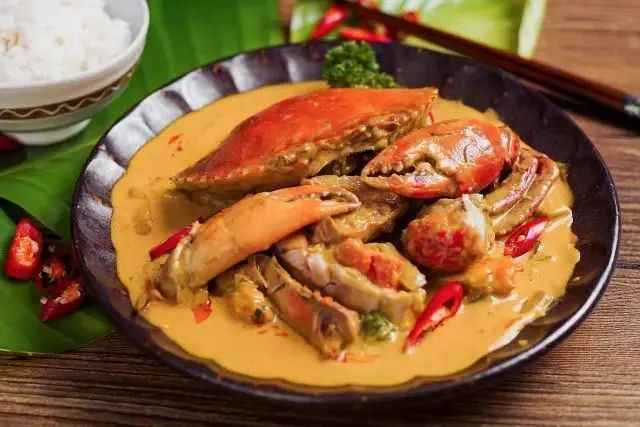Search for information
Exploring Brazil's Iconic Culinary Delights: A Journey Through Churrasco, Feijoada, and XisNo discussion of Brazilian cuisine is complete without starting with Churrasco, a culinary masterpiece that graces the country’s state banquets. Originating in the late 18th century, this tradition began when Brazilian cowboys (Gaúchos) skewered meat on longswords and roasted it over campfires. Today, it stands as a symbol of Brazil’s rich culinary heritage.
May 19, 2025, 10:23 am EDT
1. Churrasco: Brazil's National Banquet Delight

2. Feijoada: The Soulful National Stew of Brazil

3. Xis: The Flat Hamburger of Rio Grande do Sul

Brazil’s cuisine is a vibrant tapestry woven from indigenous, European, and African influences. From the bold simplicity of Churrasco to the comforting depth of Feijoada and the casual charm of Xis, each dish tells a story of tradition, creativity, and communal joy. These iconic foods not only satisfy the palate but also offer a window into Brazil’s rich cultural heritage—a celebration of flavor, history, and the art of sharing a meal.

Argentina’s Alfajor and Parrilla, Brazil’s Churrasco, and Peru’s Ceviche
An iconic Argentine treat, the alfajor is a sandwich-style dessert made with two or more cookies filled with luscious layers of dulce de leche, honey, or fruit preserves, often coated in chocolate, sugar icing, or powdered sugar. Some versions incorporate nuts like almonds or chunks of chocolate for texture.more

Tom Yum Kung Soup, also known as Tom Yam Soup or Dong Yan Soup, is a famous Thai soup, a typical Thai dish, and one of the world's top ten soups. In Thai, "Tom Yum" means sour and spicy, and "Kung" means shrimp, so it is a sour and spicy shrimp soup. This soup is characterized by the use of unique Thai ingredients such as lemon leaves,more

Greece Bans High Heels at Ancient Sites
Greece, a nation renowned for its rich historical heritage and ancient archaeological sites, has implemented a unique regulation that prohibits visitors from wearing high heels at these precious locations. This rule aims to safeguard the integrity of its invaluable ancient ruins, which attract millions of tourists worldwide each year.more

In Turkey, the 'OK' Gesture Isn’t Always Innocent
Travelers to Turkey, Brazil, and parts of the Middle East may be surprised to learn that the commonly used “OK” gesture—forming a circle with the thumb and index finger—carries a highly offensive meaning in these regions. Far from signifying approval or agreement, this hand signal is widely regarded as a crude and inappropriate gesture, often considered more vulgar than even the middle finger.more

In Nepal, Nods Mean No and Shakes Mean Yes
When traveling to Nepal, visitors are often surprised to discover a significant difference in non - verbal communication. In this South Asian nation, the common gestures of nodding and shaking the head carry meanings that are the opposite of what many people around the world are accustomed to.more

Unprecedented Layoffs in the US Healthcare System: A Double-Edged Sword
Unprecedented Layoffs in the US Healthcare System: A Double-Edged Swordmore

Switzerland's Unusual Rule: No Flushing Toilets After 10 PM
In Switzerland, visitors and residents alike are often surprised to learn about a rather peculiar regulation: flushing toilets after 10 PM is strictly prohibited in many areas. This unusual law reflects the local government's prioritization of noise pollution control over concerns about olfactory discomfort, showcasing a unique approach to maintaining public well - being.more

World's longest undersea tunnel construction project to begin
World's longest undersea tunnel construction project to beginmore

